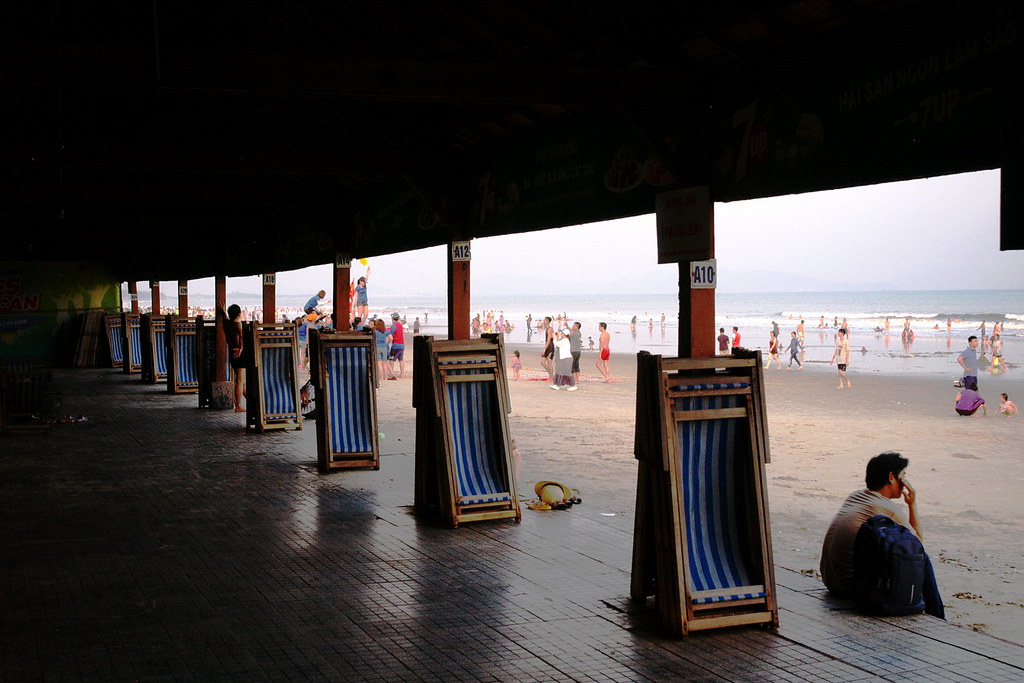FrozenInTime
Well-known
Epson R-D1 17 year event in Japan reveals details of the follow on project !
https://dc-watch-impress-co-jp.tran....jpg.html?_x_tr_sl=ja&_x_tr_tl=en&_x_tr_hl=en
( M and CY dual mount - unfortunately cancelled in 2010 )
Why should they bring this up now after so many years ... anything new at CP+ next month ?
https://dc-watch-impress-co-jp.tran....jpg.html?_x_tr_sl=ja&_x_tr_tl=en&_x_tr_hl=en
( M and CY dual mount - unfortunately cancelled in 2010 )
Why should they bring this up now after so many years ... anything new at CP+ next month ?
krötenblender
Well-known
It really hurts, just to know that... It's still one of my most loved cameras ever. I wouldn't long for a second of any digital Leica, if I could have a modern FF-version of a R-D1.
But no... It was just too good to survive. Sad.
But no... It was just too good to survive. Sad.
ranger9
Well-known
Harrumph! I'm an R-D 1 original purchaser and active user, and nobody told me anything about the “Thanksgiving celebration”… needs to be an alumni association or something…
JeffS7444
Well-known
Wow, the successor would have been one of the first mirrorless cameras to sport a built-in EVF.
olakiril
Well-known
As with R-D1, Epson was far ahead of their time.
https://www.dpreview.com/news/78177...r-d1-series-successor-that-was-never-released
https://www.dpreview.com/news/78177...r-d1-series-successor-that-was-never-released
Out to Lunch
Menteur
[QUOTEHowever, despite getting to the prototype stage, the project was canceled due to a shrinking digital camera market and declining R-D1x sales.][/QUOTE] I'm not sure what to make of that since the R-D1x was sold in Japan, only. This said perhaps, just perhaps a Fuji, Sony, or Canon executive will buy the Epson neverwozzer's R&D and design and bring it to market. Cheers, OtL
Would have been cool if they did it then… like a nicer Digilux / Panasonic. Now, no thanks.
olakiril
Well-known
Would have been cool if they did it then⦠like a nicer Digilux / Panasonic. Now, no thanks.
I wonder why you say this. This prototype (from 2010!) is very similar to the X-E. So if X-E line works now why not the one from Epson?
I wonder why you say this. This prototype (from 2010!) is very similar to the X-E. So if X-E line works now why not the one from Epson?
It seems to have a fixed zoom no? Exciting then to me, but not as much now. I am happy with my x-pro3 and primes. Then again you can never have too many cameras like this on the market.
olakiril
Well-known
It seems to have a fixed zoom no? Exciting then to me, but not as much now. I am happy with my x-pro3 and primes. Then again you can never have too many cameras like this on the market.
I don't think so since there is a release button next to the zoom lens. Also from the original article "Epson planned to move to a more modern bayonet mount".
I don't know the size of it but if it was close to the x-mount then the size of the cameras are fairly comparable.
Anyways, we have enough real cameras to argue about before we move to never-released cameras of the last decade
But again, Epson got so many things right... It almost looks like the Epson engineers/designers went to work for Fuji.
I don't think so since there is a release button next to the zoom lens. Also from the original article "Epson planned to move to a more modern bayonet mount".
I don't know the size of it but if it was close to the x-mount then the size of the cameras are fairly comparable.
Anyways, we have enough real cameras to argue about before we move to never-released cameras of the last decade
But again, Epson got so many things right... It almost looks like the Epson engineers/designers went to work for Fuji.
Ah good point. Yeah, I am just satisfied now but then I would have been all over it. I would still check it out if released today.
Benjamin Marks
Mentor
I had one back in 2002, and was thrilled to be able to use my Lecia and Cosina/Voitlander lenses on a digital body. The RF system had some backlash and there were some focus accuracy limitations with lenses wide open and close up. Battery life wasn't great. I jumped ship to the M8 when it came out and didn't really look back. However, in later years, I looked back on the images I made with that camera and found that I really liked them, particularly b&w images, which seemed quite film-like to me. In recent years, I bought a Nikon D100 (which can be purchased today for between $40 and $140 US and which reportedly had the same chip as the RD-1). The images have a similar quality, even if the dynamic range and high ISO performance is not up to contemporary standards. Here is an ISO 400 shot with the D100, meant to echo the performance of its older relative:


Archiver
Mentor
Years ago, an RFF member posted some super images taken with his RD1 of the hospital when his wife was in labour. They had a wonderfully moody look and were cropped into a very wide cinema-like aspect ratio. Wish I could find them or his work again.
Out to Lunch
Menteur
Mr_Flibble
In Tabulas Argenteas Refero
I would've been happy with an FF-upgrade and supporting larger memory card capacity as an R-D2 
I would've been happy with an FF-upgrade and supporting larger memory card capacity as an R-D2
You and everyone else…
ranger9
Well-known
You and everyone elseâ¦
Nah, lots of people would have been saying, “I'd rather get a used Leica that fell off a truck in Jersey from some random guy on eBay for the same money…”
froyd
Mentor
Sad to see that the successor to the Rd-1 was designed around an EVF. Can't imagine how bad the quality of that viewing device would have been all those years back. Still, if they kept the same EPSON magic color algorithm it would have been worth considering. To this day when I see those RD-1 jpegs I'm always impressed by quality the colors.
Rob-F
Likes Leicas
Sad to see that the successor to the Rd-1 was designed around an EVF. Can't imagine how bad the quality of that viewing device would have been all those years back. Still, if they kept the same EPSON magic color algorithm it would have been worth considering. To this day when I see those RD-1 jpegs I'm always impressed by quality the colors.
It couldn't have been any worse than the EVF of the Leica Digilux 2! And BTW, the Digilux 2 had wonderful color, maybe good enough to match the "Epson magic color" you mentioned. I wonder if that is a coincidence, or if there is some reason why both cameras apparently had the same weakness together with the same strength.
ranger9
Well-known
Sad to see that the successor to the Rd-1 was designed around an EVF. Can't imagine how bad the quality of that viewing device would have been all those years back. Still, if they kept the same EPSON magic color algorithm it would have been worth considering. To this day when I see those RD-1 jpegs I'm always impressed by quality the colors.
Epson was one of the first to use a branded image-processing chip, which they called EDIART (Epson Digital Artist.) Supposedly it incorporated a lot of color science they had developed for their photo printers.
Share:
-
This site uses cookies to help personalise content, tailor your experience and to keep you logged in if you register.
By continuing to use this site, you are consenting to our use of cookies.


